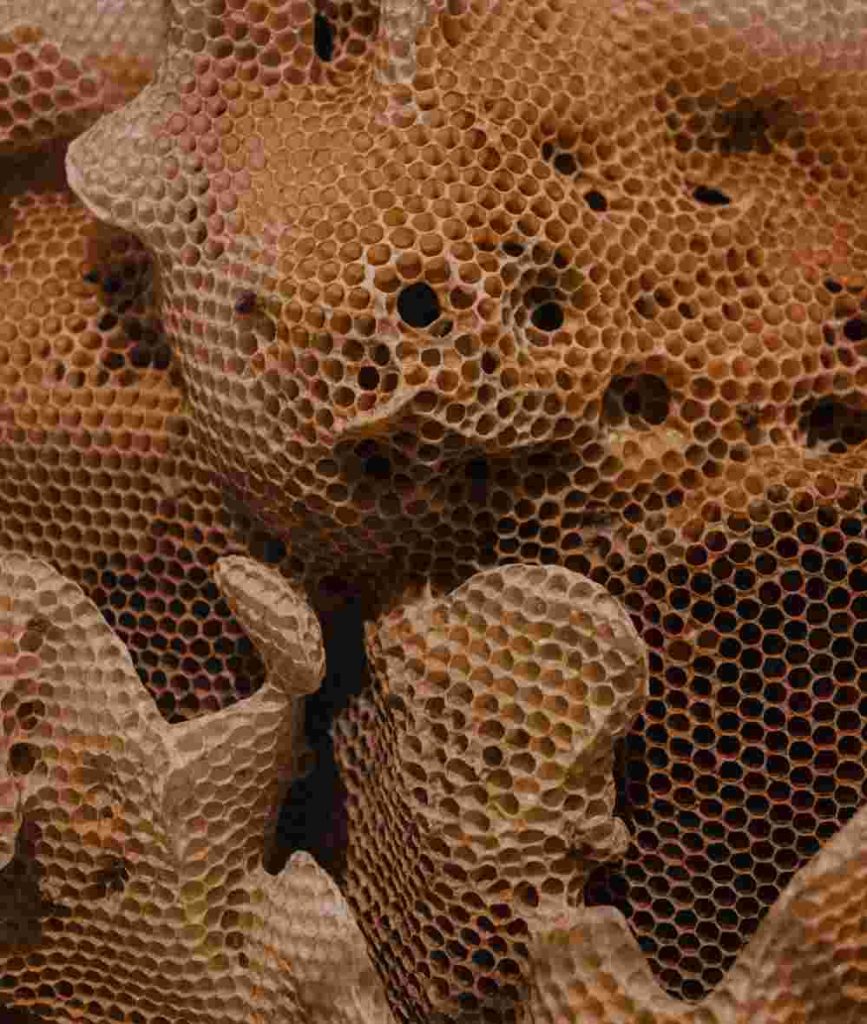Exploring the Fascinating World of Honeycomb
In both nature and human technology, Honeycomb structures have captured our imagination with their remarkable efficiency and versatility. These hexagonal wonders are not only found in beehives but also play a pivotal role in various industries, showcasing their unique design and functionality.

The Natural Beauty of Honeycomb
In nature, Honeycomb represents a marvel of engineering perfected over millions of years by bees. Each hexagonal cell is meticulously crafted to store honey, pollen, and larvae, demonstrating the bees’ innate ability to optimize space and resources within their colonies.
Engineering Excellence: Applications of Honeycomb Structures
Beyond the natural world, Honeycomb structures have revolutionized human industries. Used extensively in aerospace, automotive, and construction sectors, Honeycomb panels offer lightweight yet robust solutions. Their high strength-to-weight ratio makes them ideal for aircraft wings, vehicle interiors, and building facades, enhancing structural integrity while reducing overall weight.
Material Science: Composition and Properties of Honeycomb
Honeycomb materials can vary widely, from lightweight metals like aluminum to advanced composites such as carbon fiber. This diversity allows engineers to tailor Honeycomb structures to specific performance requirements, balancing factors like strength, flexibility, and thermal insulation properties.
Innovations in Honeycomb Technology
The evolution of Honeycomb technology continues to push boundaries. Advances in manufacturing techniques, such as 3D printing and automated assembly, enable the creation of complex Honeycomb designs with precision and efficiency. These innovations open new avenues for applications in renewable energy, medical devices, and even consumer electronics.
Sustainability: Eco-friendly Aspects of Honeycomb
Apart from their structural benefits, Honeycomb structures contribute to sustainability efforts. Their efficient use of materials minimizes waste, while their lightweight nature reduces fuel consumption in transportation applications. As industries prioritize environmental responsibility, Honeycomb solutions offer a compelling path towards greener practices.

